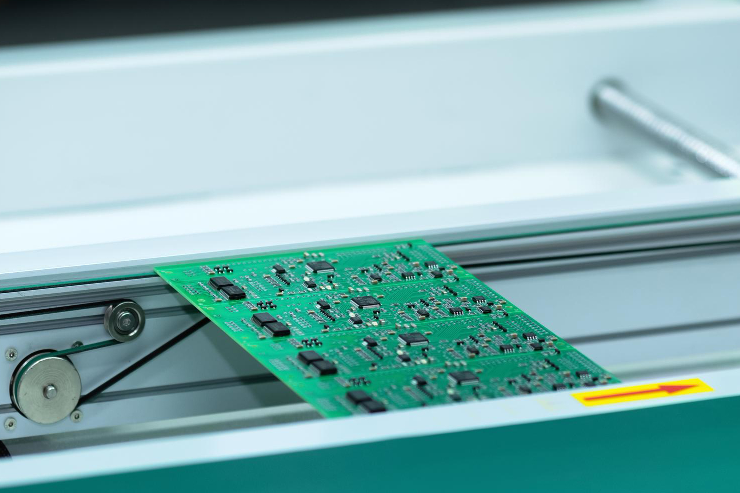Common Challenges in Injection Moulding and How to Overcome Them
- josh61940
- Jun 12
- 3 min read
Updated: Jun 27
Identifying problems, improving processes and delivering quality plastic parts

Plastic injection moulding is one of the most widely used manufacturing methods due to its efficiency, repeatability and ability to produce complex components at scale. But like any process, it comes with its own set of challenges.
At Amey Plastics, we’ve seen (and solved) our fair share of moulding issues over the years. In this blog, we explore the most common injection moulding challenges and how to address them to ensure consistent, high-quality results.
1. Warping and Distortion
The Problem:
Warping occurs when different areas of the plastic part cool and shrink at uneven rates, causing it to twist, bend or distort from its intended shape.
How to Fix It:
Optimise cooling times and temperatures to ensure even cooling throughout the part.
Use uniform wall thicknesses in the design to avoid uneven shrinkage.
Choose appropriate materials with low shrinkage tendencies, especially for complex or large components.
2. Sink Marks
The Problem:
Sink marks are small depressions or dimples that appear on the surface of a part, typically in thicker areas where plastic cools slower.
How to Fix It:
Reduce wall thickness variation in part design.
Increase holding pressure and time during the injection cycle to allow material to properly fill thicker areas.
Use ribbing instead of solid thick sections to maintain strength without adding mass.
3. Flashing
The Problem:
Flashing refers to excess plastic that seeps out between the mould halves or around inserts, resulting in thin, unwanted ridges.
How to Fix It:
Ensure moulds are properly aligned and clamped with the correct pressure.
Inspect and maintain tooling regularly to prevent wear or damage.
Adjust injection speed and pressure to avoid forcing excess material into unwanted areas.
4. Short Shots
The Problem:
A short shot happens when the mould cavity isn't completely filled, leading to incomplete parts or missing sections.
How to Fix It:
Increase injection pressure or speed to ensure the material fills the cavity.
Check for air traps or venting issues that may prevent the flow.
Use materials with better flow characteristics, especially for intricate parts.
5. Burn Marks
The Problem:
Burn marks are discoloured, often dark areas caused by trapped air overheating or material degradation.
How to Fix It:
Improve venting in the mould to allow air to escape.
Reduce injection speed slightly to avoid trapping air.
Lower melt temperature to reduce the risk of material burning.
6. Flow Lines
The Problem:
Flow lines appear as streaks, waves or lines on the surface of a part, often due to variations in cooling or injection speed.
How to Fix It:
Increase injection speed and pressure to ensure a consistent fill.
Adjust gate location to promote uniform flow across the mould.
Ensure mould temperature is consistent, especially for parts with intricate designs.
7. Material or Colour Inconsistencies
The Problem:
Inconsistent colour or texture can affect both aesthetics and quality perception.
How to Fix It:
Ensure consistent mixing of masterbatch or additives.
Use high-quality materials from reliable suppliers.
Purge machines thoroughly when changing materials or colours to avoid contamination.
8. Tooling Wear and Tear
The Problem:
Over time, repeated use of mould tools can lead to wear, affecting part accuracy and finish.
How to Fix It:
Implement regular maintenance and inspection schedules.
Invest in high-quality tooling materials for longer lifespan.
Monitor cycle counts to plan proactive maintenance before issues arise.
At Amey Plastics, quality starts with prevention. We work closely with clients to ensure:
Thorough part and mould design for manufacturability
Ongoing process optimisation
Real-time monitoring of production conditions
A commitment to continuous improvement
Are you looking to eliminate plastic injection moulding problems before they occur?
Partnering with a trusted manufacturer like Amey Plastics means more than just getting your parts made. It means having an expert team by your side to anticipate challenges, deliver solutions and produce consistent, high-quality results.
Got a project in mind or facing production issues?
Contact the team at Amey Plastics. Call us 01730 266 525 or email sales@ameyplasticsltd.co.uk.






Comments